If you’ve watched anime like Hotarubi no Mori e or Demon Slayer (Kimetsu no Yaiba), you’ve probably seen a fox mask before.
With its white face and red or black markings, the mask gives off a mysterious and spiritual vibe that feels uniquely Japanese.
In this article, let’s explore the meaning and history behind the kitsune mask and why it’s such an iconic part of Japan’s culture.
The Origin of the Fox Mask
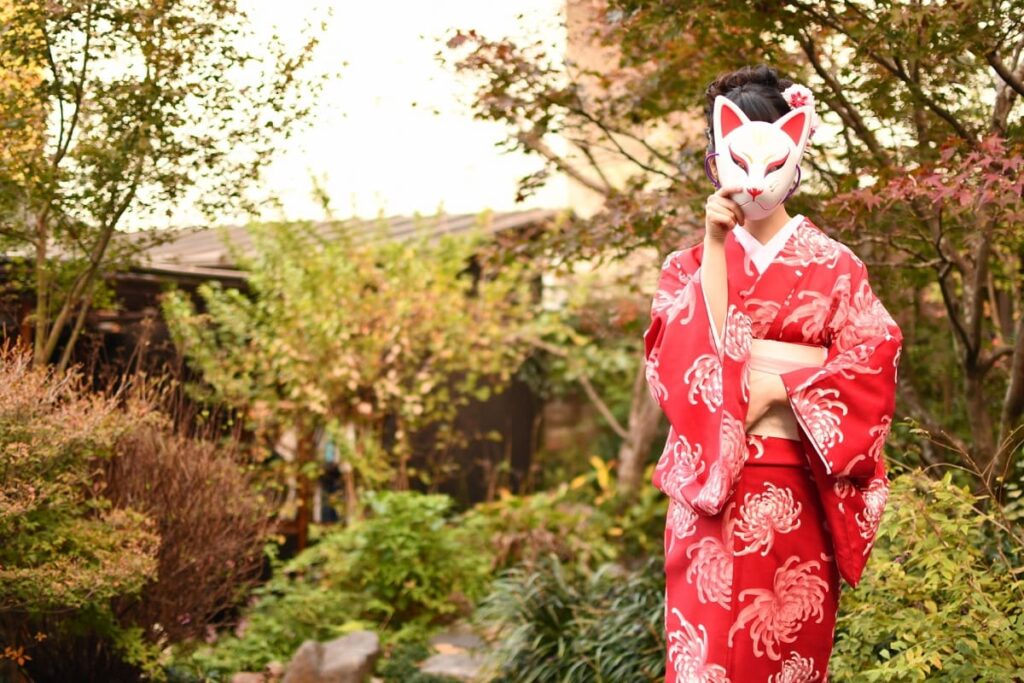
In ancient Japan, masks were believed to have spiritual power.
People thought that by wearing a mask, a god’s spirit could enter the wearer.
That’s why masks were used in religious ceremonies and festivals, as tools to connect humans and deities.
The fox mask (kitsune-men) in particular has long been used in Noh and Kagura performances—traditional forms of Japanese theater dedicated to the gods.
When a performer dances wearing a fox mask, it symbolizes a divine being temporarily taking human form.
It’s both artistic and deeply spiritual, representing a bridge between the human and the divine.

I like Kagura!
If you are interested in it, check the article below!
Why the Fox Is Considered Lucky in Japan
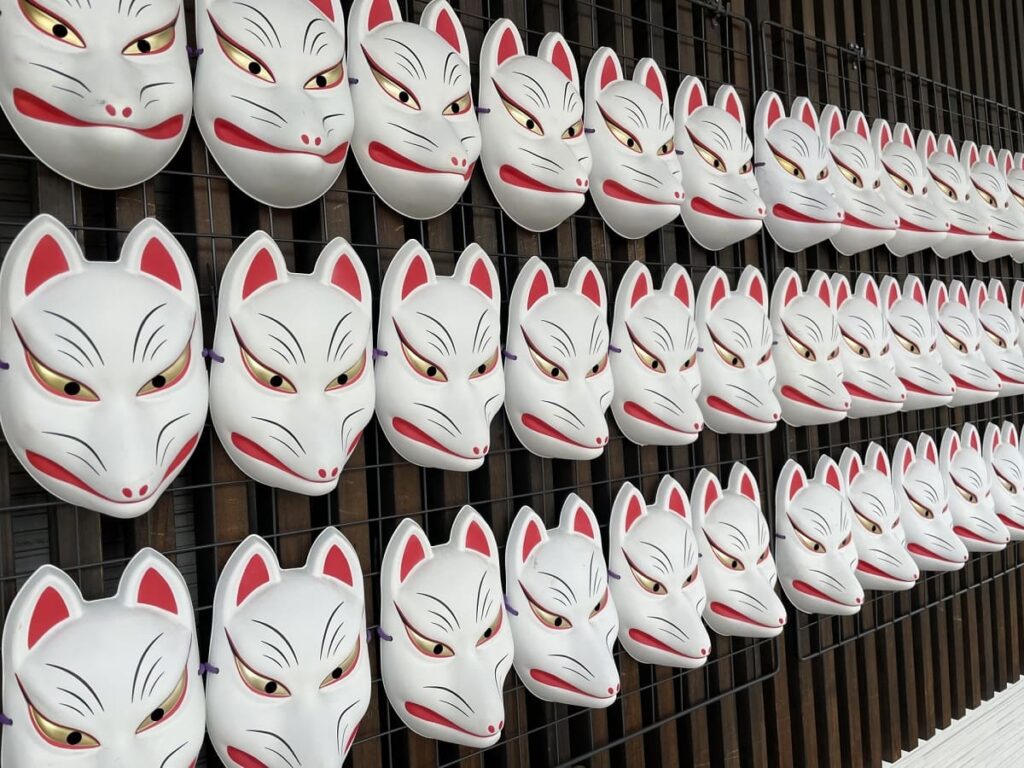
In Japan, the fox is not just an ordinary animal—it’s a messenger of the gods.
At Inari shrines, foxes are revered as the sacred messengers of Inari,
the deity of agriculture, prosperity, and business success.
Because of this, fox masks are often treated as lucky charms or protective symbols.
They are believed to bring good harvests, business prosperity, and family safety.
Many people even hang a fox mask at home, ideally above eye level,
so that it can “watch over” the household from a higher place.

So the fox mask is a lucky charm, huh? We should hang one up at home!

Yeah, maybe we’ll buy one.
Fox Masks at Festivals, Shrines, and in Games
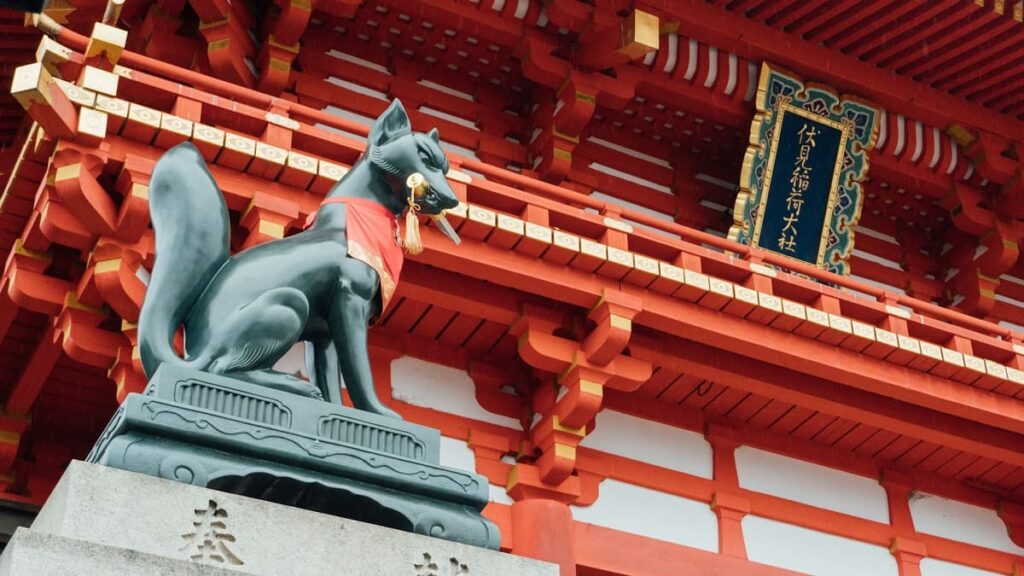
You can find fox masks and decorations at Inari shrines all over Japan.
One of the most famous is Fushimi Inari Taisha in Kyoto,
where visitors can draw their own fox faces on votive plaques (ema).
It’s a fun way to create your own unique fox mask design!

During summer festivals, it’s also common to see children wearing fox masks from festival stalls.
Just walking through the night festival with one on feels like stepping into an old Japanese folktale.
Interestingly, fox masks and shrines also appear in Japanese video games.
For example, in Nioh—an action RPG inspired by Japan’s history and mythology—
there’s a stage called Mount Inari, featuring fox statues and fox-themed altars.
You can even encounter onmyoji (Japanese sorcerers) wearing fox masks,
which adds a mystical and spiritual atmosphere to the game.

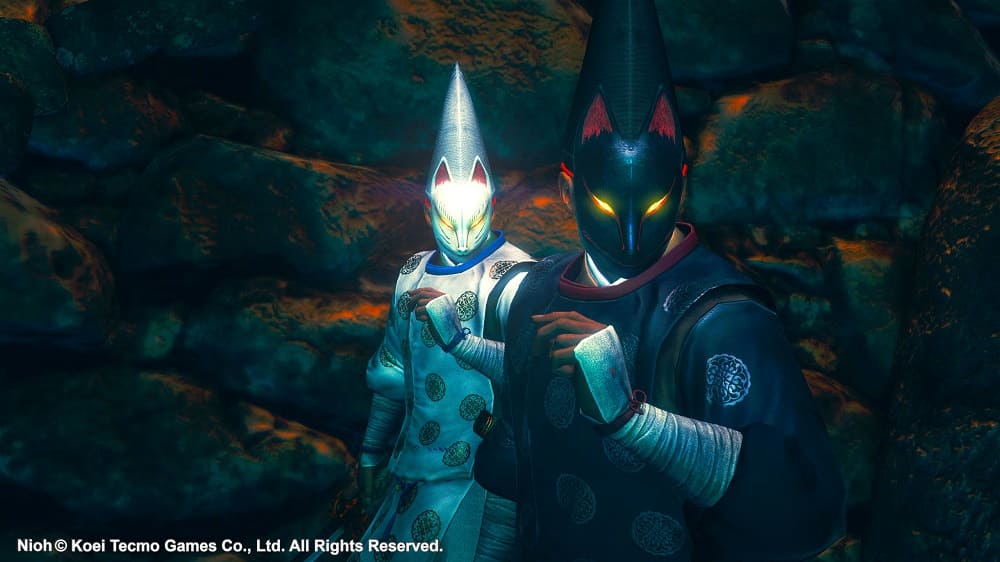
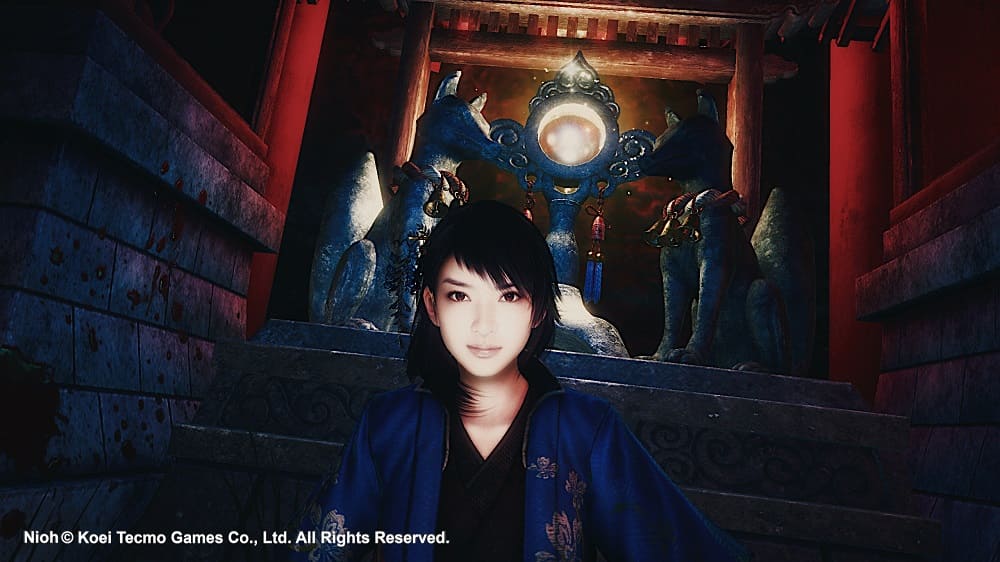
The Nioh series is highly recommended for anyone who loves Japanese culture, folklore, or samurai history.
It’s a great way to experience how traditional beliefs like the fox spirit continue to influence modern entertainment.
The Fox Mask’s Popularity Overseas
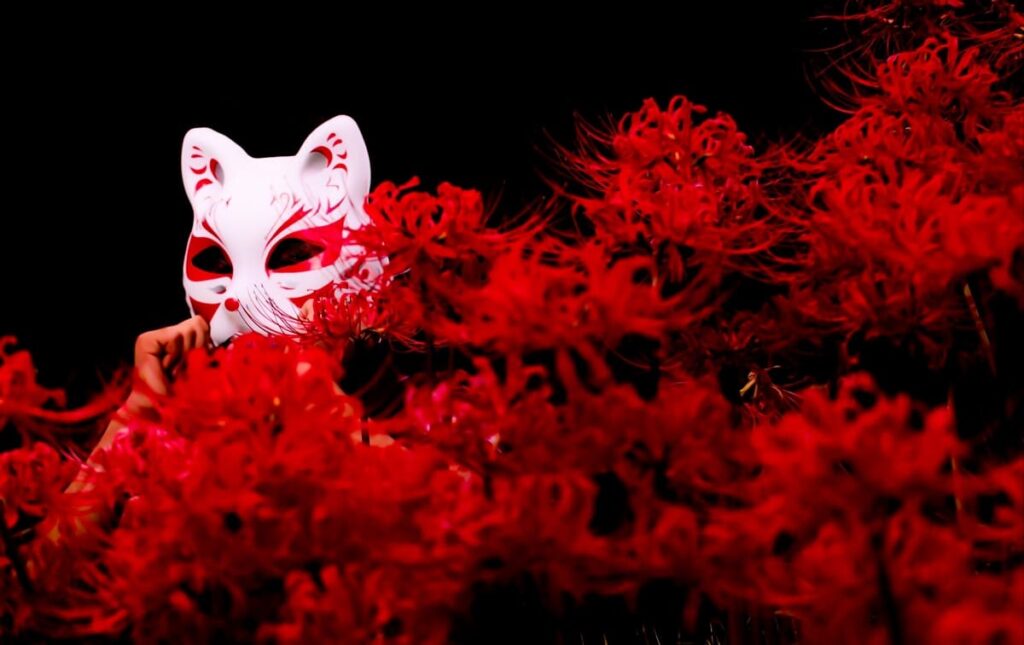
Thanks to anime and Japanese pop culture, the kitsune mask has gained popularity around the world.
People wear them at Halloween, cosplay events, and Japanese culture festivals.
The mask seen in Demon Slayer—worn by Urokodaki’s students—is especially famous among international fans,
who love its cool, mysterious, and spiritual design.

Oh, that reminds me — when we joined a Halloween parade overseas, we saw someone wearing a fox mask with a yukata!

I don’t remember that.
Final Thoughts: The Fox Mask as a Symbol of Japan’s Spirit
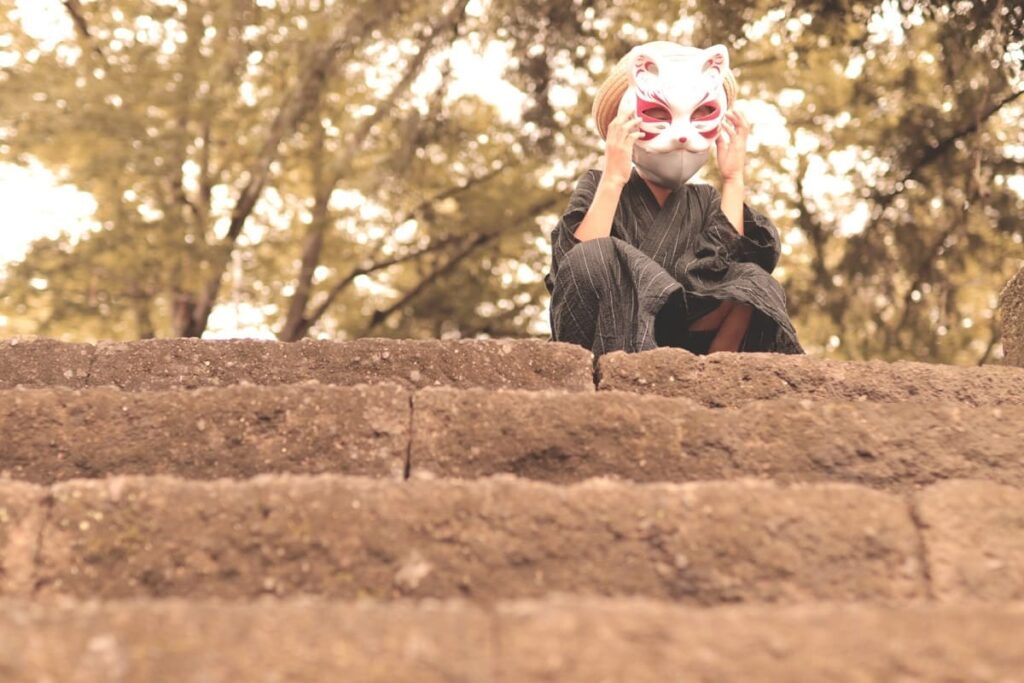
The fox mask is much more than just a costume accessory.
It’s a symbol of faith, tradition, and beauty that connects Japan’s ancient beliefs with modern culture.
Whether used in rituals, theater, or festivals, the mask represents a wish for luck, protection, and connection to the divine.
If you ever visit Japan, be sure to stop by an Inari shrine or a local festival.
Seeing or wearing a fox mask in person might just let you feel a touch of Japan’s mystical spirit.

If you are interested in Japanese culture, you may love these games!
Let’s play!

Yes! Let’s play!

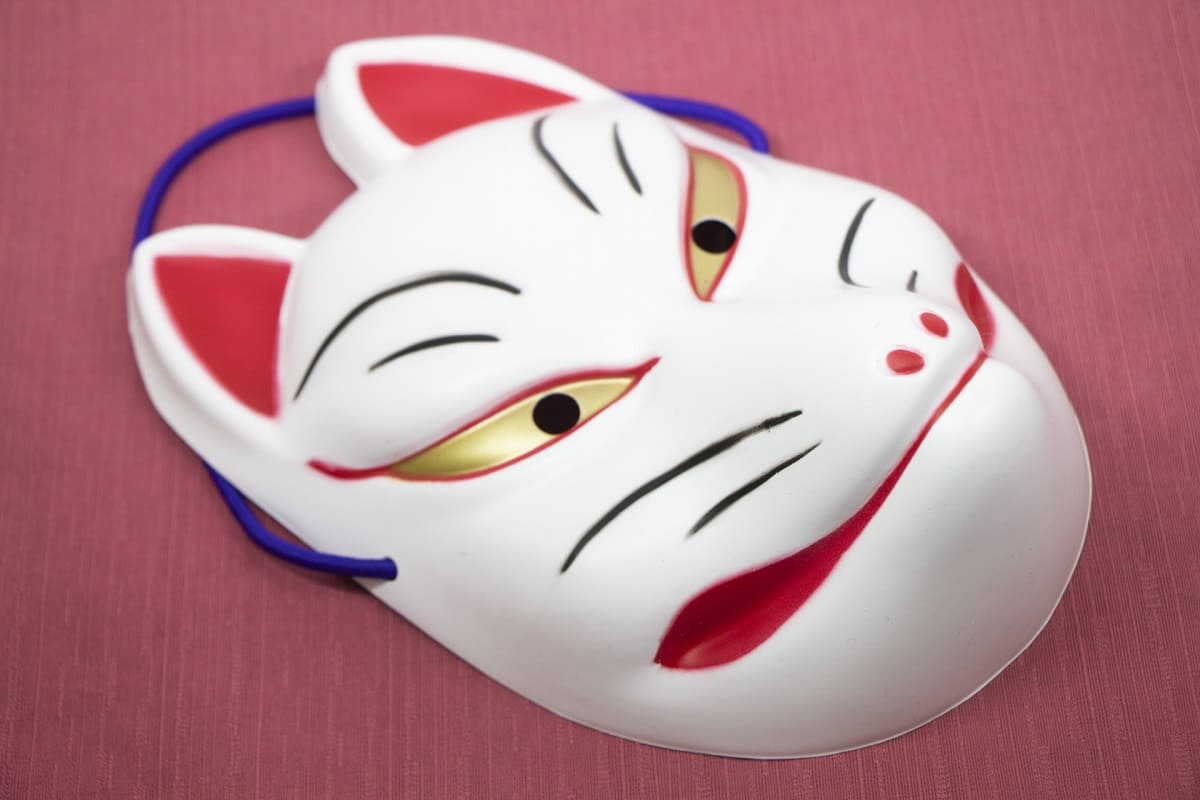





Comments